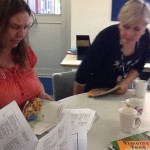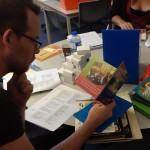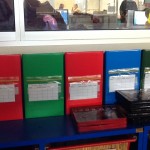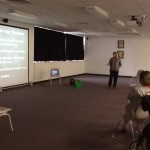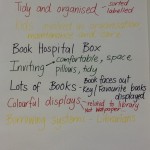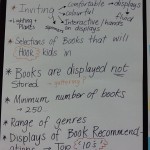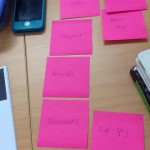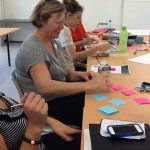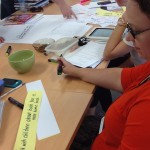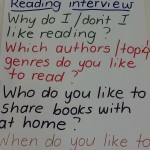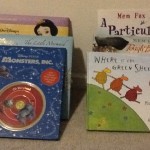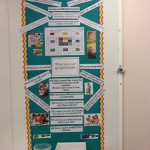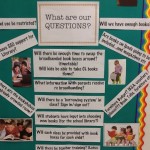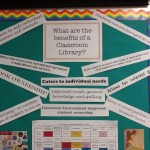Research shows us that
- Higher achieving schools have more books in classroom library collections
- Classrooms with a larger supply of books have kids who read more frequently
- Classrooms with a larger supply of books usually have more kids reading books that they can read successfully (just right)
- Teachers have greater understanding of the needs of individual readers and can more effectively guide kids to appropriate text selection
How then did we at Hackham East go about providing classes with lots of books?
The first stage in our implementation was to organize our levelled texts into broadbanded coloured boxes and buy extra books so there would be enough boxes to cover the needs of each class. We budgeted a large amount of money in our Literacy budget to meet costs.
What is broadbanding?
- Boxes of levelled reading materials grouped in more than one level
Why are we broadbanding our reading materials?
- The criteria for levelling is approximate
- No two publishers level in exactly the same way
- How hard a book is, is not just determined by the level, other factors come into play- prior knowledge, fiction vs non fiction, interest etc (eg. I may know a lot about farm animals so I would have more success at this even if it was a text at a higher level than someone who did not)
- Reading is NOT just about reading a level
Levelling – degrees of difficulty
- Support of illustrations
- Length of book
- Complexity of concepts, vocabulary and familiarity of subject
- Percentage of unique or repeated words to familiar words
- Appearance and placement of print and visuals
Jonathon and I worked with Sally on how to level texts using guides on text levels and characteristics from different publishers as well as taking into account the degrees of difficulty (see above). It was certainly evident, once we got the hang of it, the discrepancies between publishers! We then invited parents who were interested in this process to volunteer
their time over 2 mornings to come in and learn how to level and sort. Our class based SSOs (School Support Officers) were also involved in this new learning. Sally presented to the group what broadbanding meant and why we were going this way with our levelled texts. We had 7 dedicated mums come in and volunteer which was such a big help as the task we were undertaking was huge. It involved levelling each book based on the criteria we were using, putting it in the correct coloured broadbanded box and sticking the right coloured dot on the book. Index cards were stuck on the back of each box for teachers to sign in and sign out when they borrowed/returned a box.
To inform parents about the changes we were making with implementing Class Libraries and broadbanding levelled texts, Sally and I held a parent session on the first day back in Term 2. We had 13 parents attend but we will need to run further follow up sessions or look at other creative ways that we can communicate information to our parents and involve them in their children’s reading.



